Testing enemy release of non‐native plants across time and space using herbarium specimens in Norway
(2022)
Journal Article
Ivison, K., Speed, J. D., Prestø, T., & Dawson, W. (2023). Testing enemy release of non‐native plants across time and space using herbarium specimens in Norway. Journal of Ecology, 111(2), 300-313. https://doi.org/10.1111/1365-2745.13998
1. The enemy release hypothesis predicts that invasive plant success is in part due to the absence of natural enemies in the invaded range. However, few studies have assessed how enemy release may vary over time or space. 2. Norway has seen a large i... Read More about Testing enemy release of non‐native plants across time and space using herbarium specimens in Norway.
